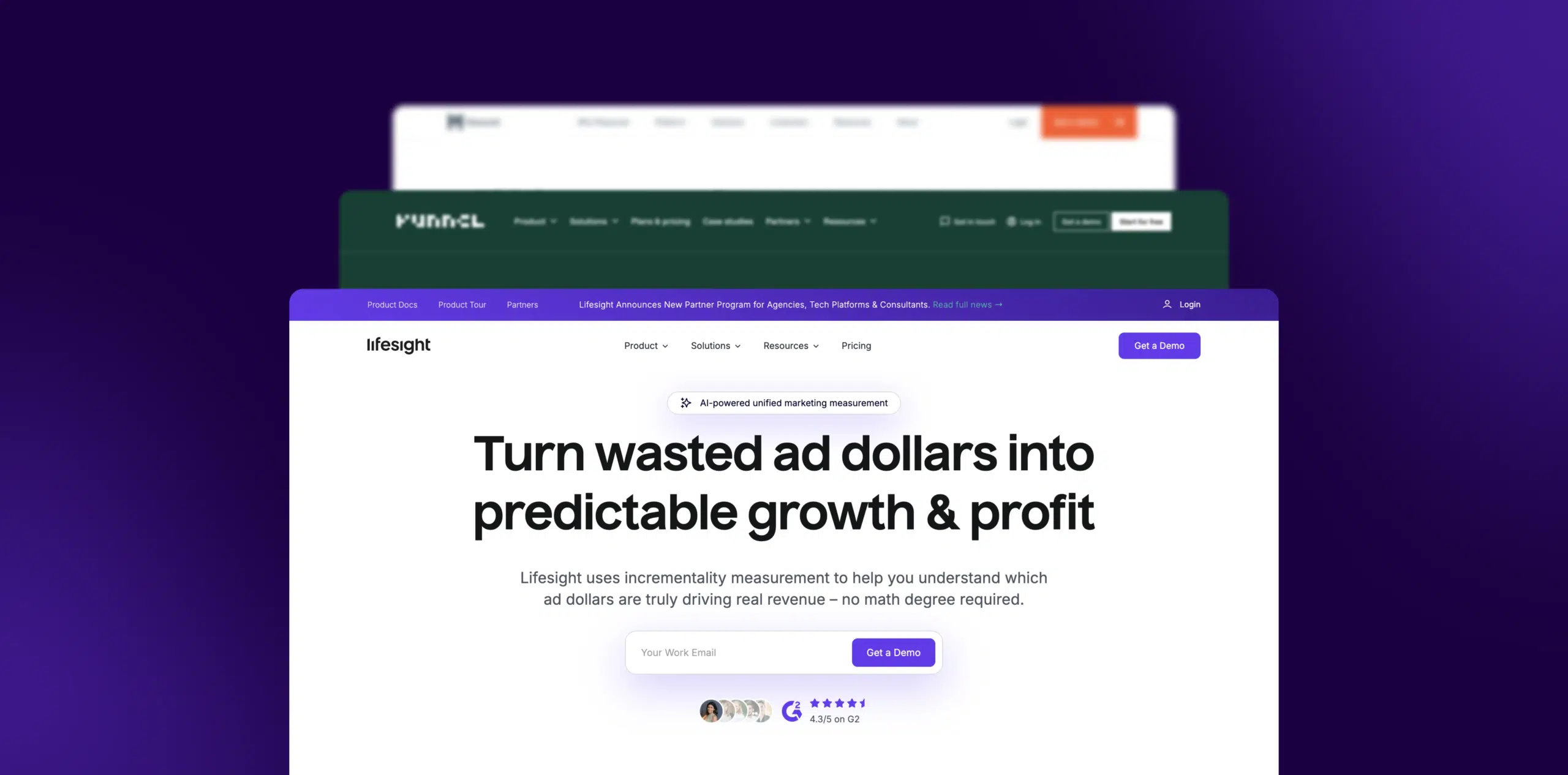What is User Acquisition?
User Acquisition, commonly referred to as UA in the online space, is a critical part of digital marketing that embodies the strategies and approaches undertaken by an ecommerce entity to attract, onboard, and convert new users or visitors. The focus isn’t solely on increasing traffic, but broadening the user base with individuals who are likely to engage meaningfully with the platform, and potentially become loyal customers.
Formula
The formula for calculating user acquisition is simple:
User Acquisition (UA) = Number of New Users / The total cost of the campaigns which attracted those users.
Example
For instance, if an ecommerce entity spent $1,000 on a marketing campaign that attracted 100 new customers, their UA cost would be $10 ($1,000/100).
Why is UA important?
UA serves as the lifeblood of any ecommerce platform. Without a continual influx of new users, the business can stagnate, and profits may dwindle. It introduces the brand to more audiences, broadens market reach, enhances brand reputation, and drives in potential leads that could result in successful conversions, thereby leading to revenue growth.
Which factors impact UA?
Improving UA involves several strategies including: SEO optimization for better organic reach, social media marketing, influencer collaborations, referral and loyalty programs, personalized email marketing, and conducting A/B testing to understand what strategies work best.
How can UA be improved?
Numerous factors can impact UA, including:
- Market competition: The more companies offering similar services, the tougher it becomes to acquire new users.
- Marketing strategies: A lack of innovation in marketing strategies can diminish the effectiveness of UA efforts.
- User Interface (UI): Poorly designed websites can turn potential users away.
- Customer experience: Negative user experiences can discourage potential new users.
What is UA’s relationship with other metrics?
UA doesn’t operate in isolation but has strong ties to other ecommerce metrics. For example, it influences the Cost per Acquisition (CPA), which is the total cost of acquiring a new customer, including the cost involved in nurturing that user to make a purchase. High UA can grow Customer Lifetime Value (CLV) by delivering a constant stream of new users who have the potential to become long-term consumers. Moreover, improving UA can result in better Return on Investment (ROI) from advertising spends.
Free essential resources for success
Discover more from Lifesight






















































